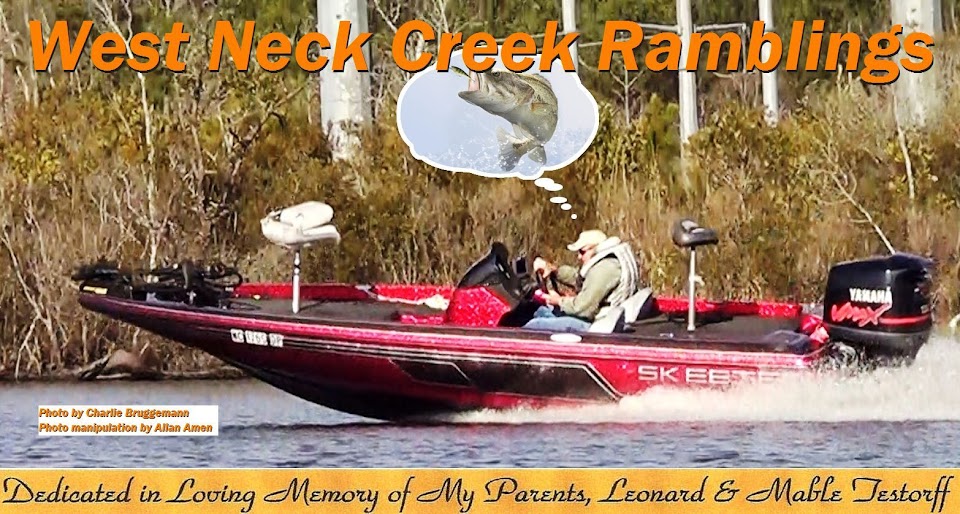"Try, try again." I'd venture to say nearly everyone has heard that old saying, but retired Missouri pro angler Basil Bacon (right) gave it real meaning.
Basil, at the time, was fishing with another guy who was having trouble with his tackle and had let the boat drift against a log. "There were a half-dozen other logs laying around this area that I'd fished with a spinnerbait," said Basil, "but I hadn't done any good. We had been fishing for two or three hours, and I'd flipped and crankbaited--we had done everything but just couldn't get a bite."
While the other guy fiddled with his tackle, the boat was positioned so that Basil only could throw at one log, so he threw the spinnerbait across it, then waked the bait across it, but nothing. Next, he threw across the log and ran the bait about six inches deep. When that didn't work, he threw across the log and just let the bait come down and bump it...but still nothing.
On the next cast, Basil threw across the log yet again, let his bait come back and bump it before killing the lure and letting it drop six inches, then reeled it on in, still with no success. On the very next cast, the determined Basil threw back across the log, bumped it, and then let the bait drop about two feet. At that point, it started swimming sideways.
From that point on, Basil and the other guy fished every log in the river the same way. "We would pull the spinnerbait up to the log, let it bump and drop two feet, then reel in another 5-pounder...from every stinking log," said Basil.
Given that example, don't reckon I have to remind anyone that patience is a virtue when it comes to fishing for bass that don't want to bite. Most anglers get antsy, though, and start fishing faster--many times right through potential "hot spots"--in an effort to cover more water. "That tactic can work against you," insists bass pro Jay Yelas. "You really have to discipline yourself to slow down."
Fellow pro angler Shaw Grigsby agrees with that take on the situation. "Anglers who pitch or flip lures to shallow targets need to take longer between pitches and flips," he says. "The bass aren't anxious to eat, so don't rush to take your lure away from them. It's a matter of soaking the bait for longer periods in the same spot.
"Make multiple presentations, especially to those areas where a bass is likely to hide," urges Shaw. "The strike zone is much smaller, so cover every inch. Try everything from deadsticking the lure on the bottom to shaking it, or better yet, a combination of both.
"You have to understand that you're not going to get a lot of bites, but the ones you do get are going to be nice fish, and that will make the day worthwhile," he explains.
Retired pro angler Denny Brauer offers this suggestion: "Present your bait from different angles, too. There are times when a bait presented from a different direction can trigger the reactionay bite you're looking for.
"The biggest thing about this sport," he continues, "is patience--regardless if the conditions are good or not so good. Stay positive and persistent, and sooner or later, something good will happen."
On those not-so-good days, it's going to behoove you to remain patient and, as Basil Bacon so aptly demonstrated earlier, run through a gamut of different presentations until you hopefully find one that works. At the same time, be mindful that, in spite of your best efforts, there simply are going to be some days when you'll go home with nothing more than maybe a sore arm to show for it. When that happens, just stay positive and remember: There's always tomorrow. Even the pros have a few fishless days.
Some of the information above came from the BassBlaster website.



No comments:
Post a Comment